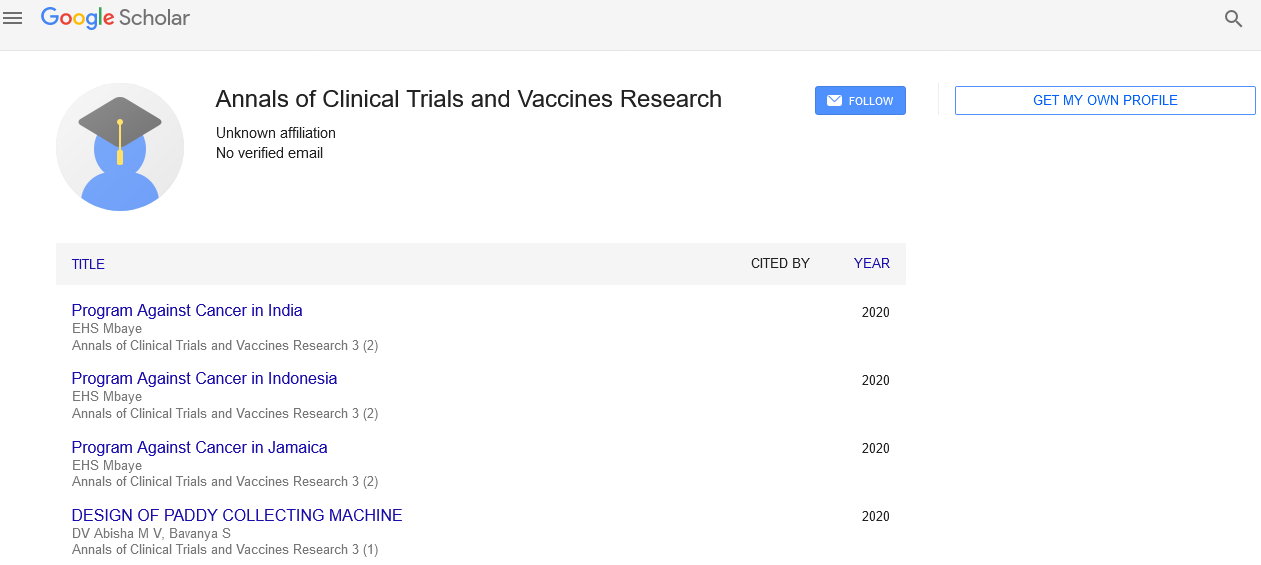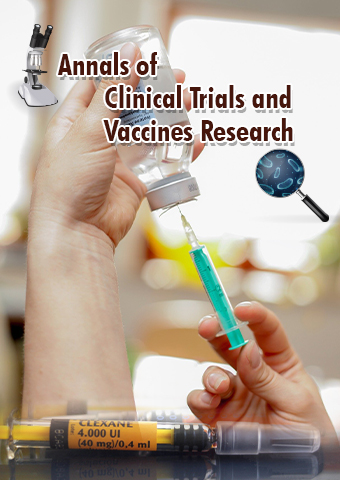Perspective - Annals of Clinical Trials and Vaccines Research (2024) Volume 14, Issue 6
Quality Control in Gene Therapy: A Critical Framework for Success
- Corresponding Author:
- Regaar Noveli
Department of Biotechnology,University of Norcia, Norcia, Italy
E-mail: regaar@gmail.com
Received: 27-Nov-2024, Manuscript No. ACTVR-24-153435; Editor assigned: 02-Dec-2024, Pre QC No. ACTVR-24-153435 (PQ); Reviewed: 16-Dec-2024, QC No. ACTVR-24-153435; Revised: 21-Dec-2024, Manuscript No. ACTVR-24-153435 (R); Published: 28-Dec-2024, DOI: 10.37532/ACTVR.2024.14(6).300-301
Introduction
Gene therapy represents a groundbreaking advancement in modern medicine, offering potential cures for genetic disorders and diseases previously deemed untreatable. However, the complexity of gene therapy necessitates stringent Quality Control (QC) processes to ensure safety, efficacy, and regulatory compliance. The QC framework in gene therapy encompasses every stage of the therapeutic lifecycle, from vector development to post-treatment monitoring, emphasizing rigorous testing, validation, and standardization.
Description
Vector production and purification
Viral and non-viral vectors: Vectors, often viral or non-viral carriers, deliver therapeutic genes to target cells. QC ensures these vectors are free from contaminants, maintain integrity, and achieve desired functionality.
Purity and potency testing: Purity tests detect residual host-cell proteins, DNA, or endotoxins, while potency assays confirm the vector’s ability to deliver genetic material effectively.
Gene delivery and expression
Genomic integration: For therapies relying on integration, QC monitors off-target effects to prevent unintended genomic alterations that could lead to oncogenesis or other adverse events.
Expression validation: Post-delivery, the expression of the therapeutic gene is validated to ensure it meets predefined criteria for efficacy.
Batch consistency
Each production batch undergoes comprehensive QC to confirm consistency in composition, potency, and performance. This consistency is critical for clinical trials and commercial use.
Preclinical and clinical QC measures
Preclinical QC Standards:
In vivo and In vitro Testing: Preclinical studies include in vitro cell-based assays and in vivo animal models to evaluate the vector’s behavior, therapeutic potential, and safety profile.
Toxicity studies: QC processes identify dose-dependent and long-term toxicity risks.
Clinical trial qc requirements
GMP compliance: Clinical-grade materials must comply with Good Manufacturing Practices (GMP), which mandate strict QC at all stages of production.
Patient safety monitoring: During trials, QC extends to patient monitoring to assess immune responses, adverse effects, and therapeutic outcomes.
Regulatory frameworks governing QC in gene therapy
Regulatory agencies such as the FDA (Food and Drug Administration) and EMA (European Medicines Agency) establish QC guidelines for gene therapy. These guidelines mandate:
Documentation and transparency: Comprehensive records of QC processes must be maintained.
Risk assessment and mitigation: QC includes evaluating potential risks like immune reactions or off-target genetic modifications.
Lot release criteria: QC ensures each therapy batch meets stringent release criteria before administration.
Emerging challenges in gene therapy QC
Complex manufacturing processes: The intricate nature of gene therapy production presents challenges in scaling up without compromising quality.
Rapid technological advancements: QC frameworks must adapt to innovations like CRISPR and next-generation vectors, requiring constant updates in testing methodologies.
Cost implications: Rigorous QC processes contribute to the high costs of gene therapy, posing accessibility challenges for patients.
Innovations enhancing QC in gene therapy
Automation and AI in QC
Automation streamlines testing, while AI-powered analytics improve detection of anomalies in production processes.
Advanced genomic tools
Technologies like Next-Generation Sequencing (NGS) offer precise insights into vector design and gene integration, bolstering QC.
Standardized assays
The development of universal QC assays can ensure consistency across different therapies and manufacturing sites.
Future directions
To address current limitations, the field is shifting toward:
Harmonized global standards: Collaborative efforts to develop international QC guidelines.
Personalized QC approaches: Tailoring QC to the specific genetic and clinical profiles of patients.
Post-market surveillance: Extending QC beyond approval to monitor long-term safety and efficacy in real-world settings.
Conclusion
Quality Control is the cornerstone of safe and effective gene therapy. By ensuring rigorous oversight at every stage of development, production, and administration, QC frameworks not only uphold patient safety but also foster public trust in this transformative technology. As gene therapy continues to evolve, so must QC processes, ensuring these groundbreaking treatments fulfill their promise of revolutionizing medicine.

